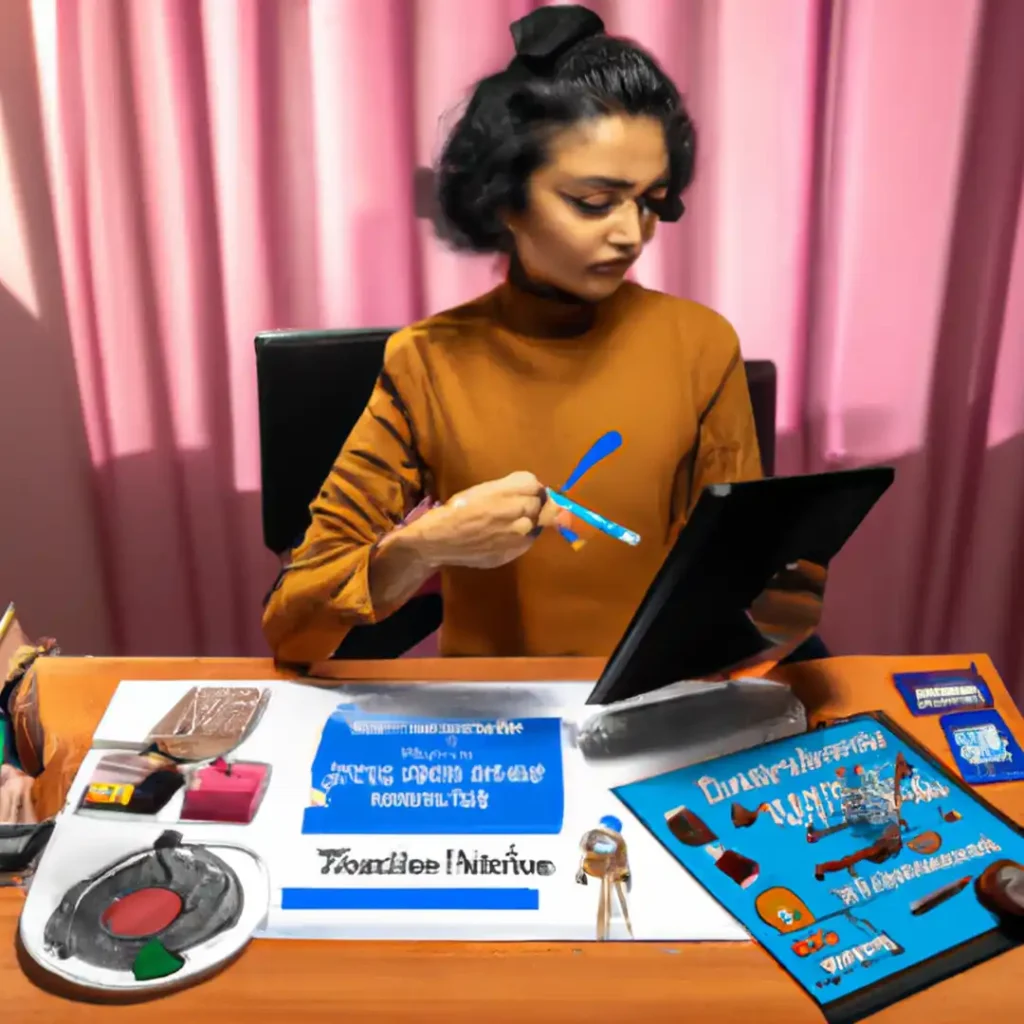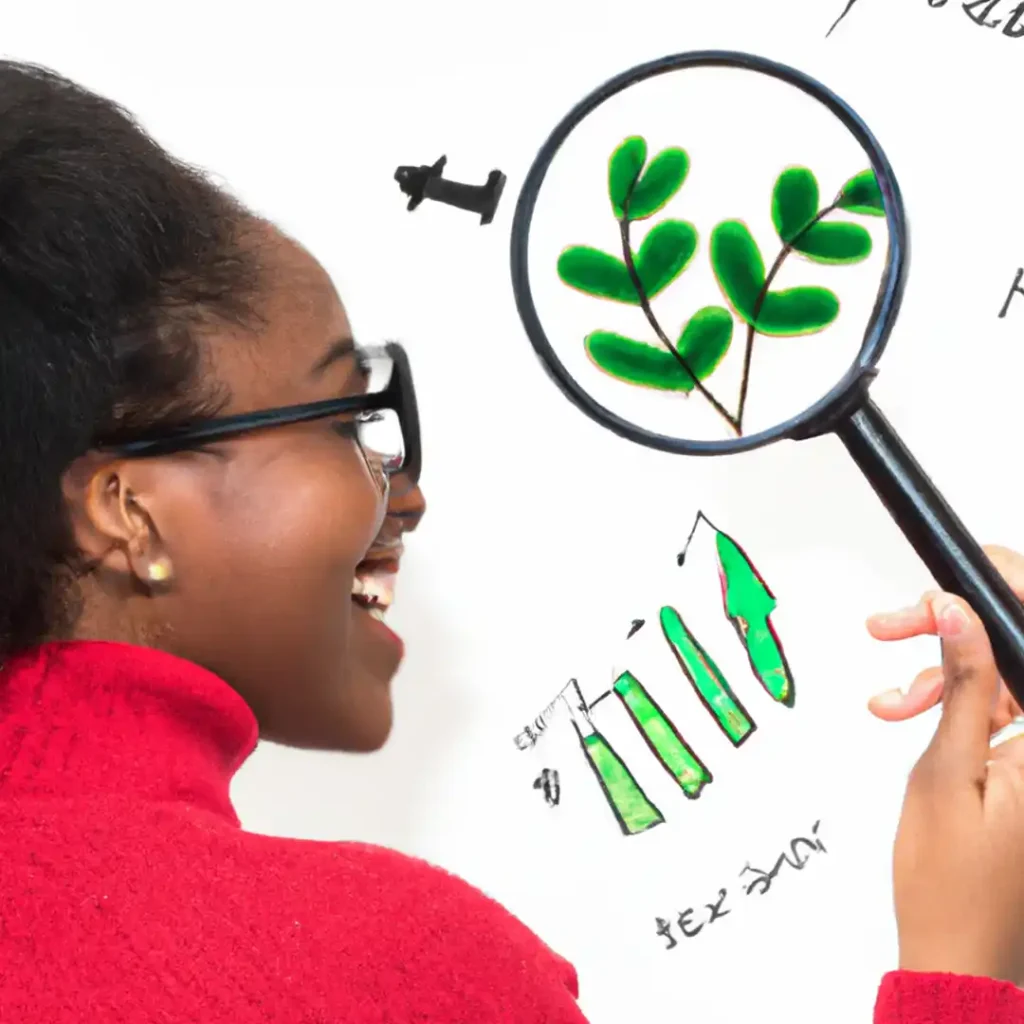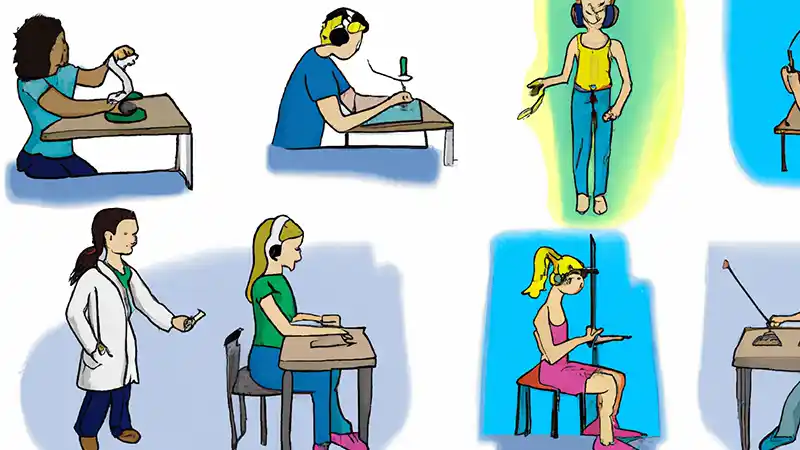We all recognize that students learn differently, right? This diversity in learning styles is precisely why individualized learning is crucial. Everyone’s brain processes information its own unique way, and that’s a fact we can’t overlook in education.
Now, on to assessments. Standardized tests have their role, but they can’t be the only tool in our kit. Why? Because a one-size-fits-all approach doesn’t capture everyone’s abilities accurately. It’s important that we consider ways of tailoring assessments to meet each learner’s needs.
Understanding Diverse Learners
You might’ve heard of visual learners, those who grasp concepts best with charts or images. Or auditory learners, who benefit from discussions and lectures. Then there are kinesthetic learners who prefer a hands-on approach. And let’s not forget about reading/writing learners who thrive on notes and texts. But remember, these categories are just the tip of the iceberg. Many students blend these styles or may have specific needs that don’t fit neatly into one box.
Now, let’s talk about inclusivity. Imagine a classroom where assessments cater only to one type of learner. It’s not really fair, is it? By embracing inclusivity in assessments, we ensure that every student gets a fair shot at showcasing their knowledge. It’s about leveling the playing field, making sure that each student’s unique learning style and needs are taken into account. In a nutshell, understanding and catering to diverse learners isn’t just the right thing to do; it’s essential for a comprehensive education.
Strategies for Adapting Assessments

Differentiating Assessment Tasks
Here’s the deal: not every student will excel with the same tasks. So why not mix things up? Differentiating means providing a variety of assessment tasks that cater to those diverse learning styles we talked about earlier. For instance, while a written report might be perfect for a reading/writing learner, a visual learner could benefit from creating a presentation or diagram. By providing a spectrum of tasks, we’re setting every student up for success.
Offering Choice in Assessment Methods
Empowerment is key. Offering students a say in how they’re assessed can be a game-changer. It’s like going to a restaurant and picking what you want to eat instead of having the chef decide for you. When students can choose an assessment method that aligns with their strengths, they’re more likely to engage and give it their best shot. Whether it’s an oral presentation, a written essay, or a group project, choice can make all the difference.
Using Technology and Tools for Accessible Assessments
We’re in a digital age, and there’s a world of tech tools out there waiting to be harnessed. Platforms like interactive quizzes, digital portfolios, or even VR experiences can make assessments more accessible and engaging. Plus, for students with specific needs, technology can offer accommodations like voice-to-text, adjustable font sizes, or screen readers. In other words, tech isn’t just fancy—it’s functional.
Differentiated Assessment Tasks
Portfolio Assessment: Students gather a collection of their best works throughout a course. This method allows for reflection, showcases growth, and can cater to visual, reading/writing, and even kinesthetic learners depending on the materials included.
Oral Presentations: Students present topics orally, either individually or in groups. This method is ideal for auditory learners and those who excel in verbal communication.
Interactive Quizzes and Polls: Using platforms like Kahoot or Poll Everywhere, teachers can create engaging quizzes that offer immediate feedback. Great for visual and kinesthetic learners who enjoy interactivity.
Mind Maps and Concept Maps: Visual learners can benefit from creating diagrams that show the relationships between concepts. This method encourages critical thinking and can also assist in information retention.
Hands-on Projects: Projects like building models, conducting experiments, or crafting encourage kinesthetic learners to actively engage with the material.
Peer Assessments: Students evaluate each other’s work, offering feedback and reflection. This collaborative approach fosters community learning and can engage auditory, visual, and reading/writing learners.
Journals and Reflective Essays: By maintaining a journal or writing reflective essays, reading/writing learners can express their understanding, insights, and reflections on the material.
Role-Playing and Simulations: Through role-playing scenarios or simulations, students can ‘experience’ a concept, making it ideal for kinesthetic and auditory learners. This method also fosters empathy and deeper understanding.
Digital Portfolios: With platforms like Seesaw or Google Sites, students can create digital collections of their work, including videos, blog posts, and other multimedia. Perfect for visual and tech-savvy learners.
Self-Assessments and Goal Setting: Students evaluate their own performance and set goals for improvement. This introspective approach can be beneficial for all types of learners, fostering self-awareness and accountability.
Importance of Feedback in Assessment

Let’s switch gears a bit and talk about something often overlooked but absolutely pivotal: feedback. You see, assessments aren’t just about grades or scores; they’re a two-way street, an ongoing conversation between teacher and student. And at the heart of this dialogue is constructive feedback.
Constructive Feedback Tailored to Individual Needs
Every student is unique, right? Their learning styles, their strengths, their areas of improvement—they all differ. So, it stands to reason that feedback should be just as personalized. General comments like “Good job!” or “Needs improvement” don’t give a learner much to go on. Instead, honing in on specifics, like “Your analysis of the main theme was insightful” or “Work on strengthening your thesis statement,” can provide clear directions. Tailored feedback acknowledges the individual’s effort while pointing out clear paths for enhancement.
Feedback as a Tool for Growth and Improvement
Consider feedback as the GPS for a student’s learning journey. Without it, they might feel lost or unsure about their direction. Constructive feedback helps students identify where they currently stand and provides actionable steps to reach their desired destination. It’s not just about pointing out what went wrong; it’s about offering solutions, alternatives, and encouragement. When framed positively and constructively, feedback can be a powerful motivator, nudging students toward continuous growth.
Challenges in Implementing Adapted Assessments

As much as we’d love for the process of adapting assessments to be a breeze, reality sometimes throws us curveballs. Understanding these challenges and knowing how to navigate them is crucial.
Common Obstacles and How to Overcome Them
Time Constraints: Tailoring assessments to individual needs can be time-consuming. But consider investing in tech tools or platforms that can help automate differentiation. Additionally, collaboration with fellow educators can lead to shared resources and strategies.
Lack of Training or Resources: Not every educator has had the chance to delve deep into diverse assessment strategies. Continuous professional development and seeking out workshops or courses can bridge this gap. There are also numerous online communities and forums where educators share insights and resources.
Resistance to Change: Sometimes, it’s the institution or even fellow educators who might be hesitant to adopt new assessment methods. Open dialogue, presenting case studies, and emphasizing the benefits for students can help in gaining buy-in.
Ensuring Fairness and Consistency
While individualization is essential, maintaining a level playing field is equally crucial. Here are some strategies to ensure that:
Clear Rubrics: Establish clear and detailed rubrics that outline expectations. This ensures that even if students are completing different tasks or projects, they’re being evaluated based on consistent criteria.
Frequent Check-ins: Regularly touch base with students during the assessment process. This can help in clarifying doubts, ensuring they’re on track, and maintaining consistency in understanding expectations.
Peer Reviews: Incorporate peer reviews in the assessment process. It introduces an additional layer of feedback and can help in identifying inconsistencies or biases that might slip through.
Reflection and Calibration: After assessments, take a moment to reflect on the process. Was it fair? Were there any inconsistencies? Regular reflection and calibration sessions with fellow educators can help maintain and improve the integrity of adapted assessments.
Conclusion
As we close this chapter on assessments in diverse learning environments, let’s cast our eyes forward. The landscape of education is ever-evolving, with the traditional methods of teaching and assessment gradually making way for more inclusive, adaptive, and holistic approaches. In this rich tapestry of diverse learners, the future of assessments looks promising, not as mere evaluative tools, but as mechanisms to genuinely understand, engage, and uplift every student.
But, as with anything worth doing, this path requires continual adaptation and improvement. Stagnation isn’t an option. Every classroom, every batch of students, will bring its own set of challenges and opportunities. And that’s the beauty of it. It pushes us, educators, to be learners ourselves, to embrace change, to iterate, and to perfect our craft.

